Have you ever encountered the enchanting mini-world of plants encapsulated in a small container?
This is known as a terrarium. If you are a nature enthusiast, incorporating a terrarium can significantly enhance the ambiance of your space.
Perhaps you’ve noticed a captivating container filled with small terrarium plants at a friend’s place.
Doesn’t it beautifully capture the admiration of every visitor?
Explore our detailed guide on terrarium plants to learn more about terrariums and their advantages.
About Terrarium Plants
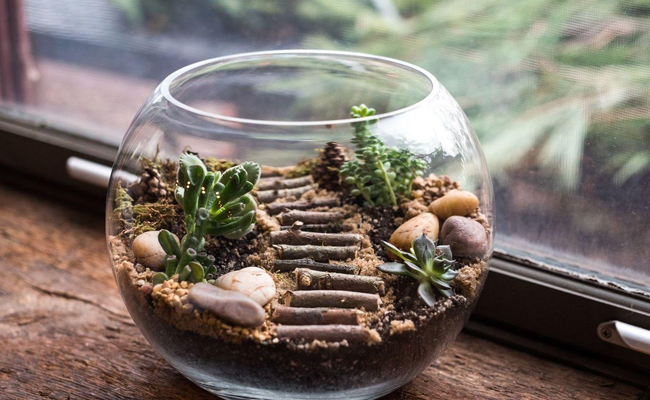
A terrarium is one of the self-sustaining eco-systems. The characteristics of a terrarium closely resemble those observed in the natural environment.
Like the phenomenon observed in a forest following rainfall, the vegetation, soil, and mosses will effectively uptake the desired amount of water.
After consuming the water, they will afterward expel it.
In the physical environment, evaporation occurs, causing the substance to transition into a gaseous state and ascend into the atmosphere, where it becomes entrapped within the cloud formations.
Eventually, this moisture-laden air mass undergoes condensation, precipitating water droplets that descend from the sky and return to the Earth’s surface.
Types of Terrarium Plants
Different terrarium plants have other characteristics.
They work in suitable conditions depending on the enclosed space.
Some of the common types of terrarium plants are:
1. Ferns
Ferns are commonly used for terrariums because they can flourish in environments with elevated humidity levels and limited access to light.
These plants enhance their aesthetic appeal with their intricate fronds, which exhibit diverse forms and dimensions.
Many people usually select ferns.
2. Tillandsia
Tillandsia are also known as air plants.
They do not require soil for their growth and are unique because they take moisture and nutrients from the air.
These terrariums can be affixed to diverse surfaces within the terrarium, introducing an element of fancifulness and vertical intrigue.
3. Mosses
Mosses are a highly favorable choice for establishing a luxuriant ground cover resembling a carpet inside a terrarium.
These organisms exhibit optimal growth in environments characterized by high moisture levels and shade within a confined area, resulting in a visually appealing textured aesthetic.
4. Succulents
Succulents are renowned for their capacity to store water, making them well-suited for terrariums with reduced humidity levels.
Various forms and sizes describe their appearance, frequently accompanied by intriguing textures and vibrant colors.
Benefits of Terrarium Plants
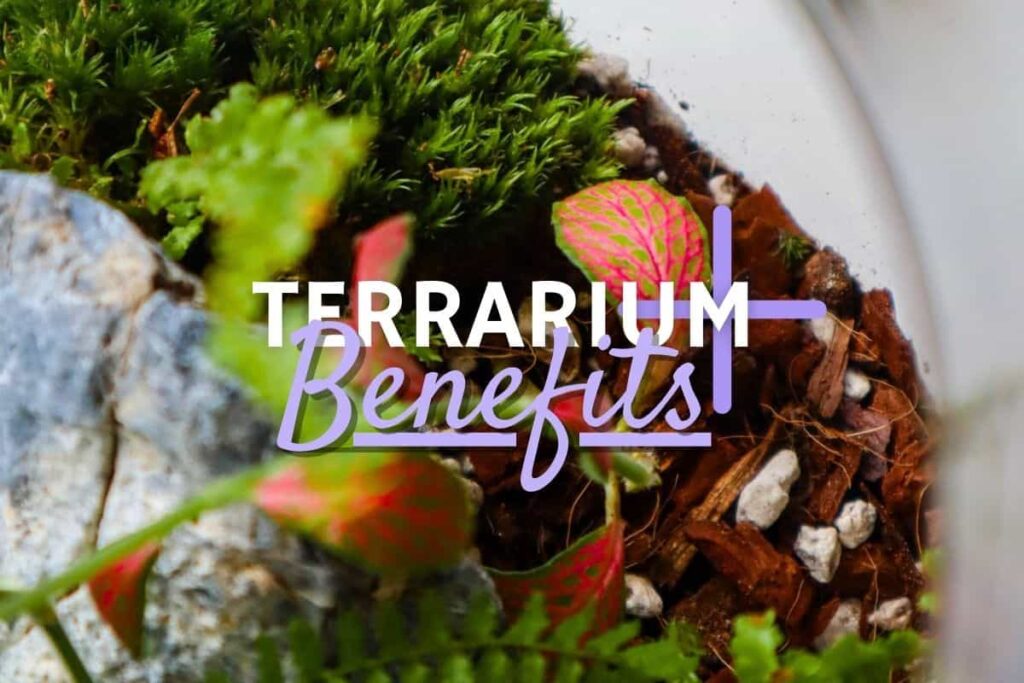
Do you want to give your indoor space an aesthetic look? There are various benefits associated with terrarium plants. Check some of them:
1. Aesthetic Vibes
A terrarium can be fit anywhere without ample space to install or keep.
It gives an eye-catching look to every guest coming to the home.
They can get the aesthetic vibes from the terrarium plants.
2. Less Maintenance
Terrarium plants can be made with minimal cost and proper care.
Traditional pots are used to give the plants an aesthetic look. The only thing required is adequate knowledge of choosing the perfect terrarium plants.
Even the necessary level of water is less than for other plants.
People can take some time from their busy schedules to plant terrariums.
3. Versatile
Terrariums give diverse shapes and sizes, allowing individuals to exercise creativity and conceive a diminutive topographical composition.
Depending upon your choice, you can easily choose different themes like beaches or tropical.
The kind of plants must be dependable on it.
4. Air Purification
A terrarium is one of the best ways to remove harmful toxins in the oxygen.
It releases oxygen and makes nature suitable through its air purification process.
Air purification is one of the essential aspects which must be followed in every household.
Conclusion
In a nutshell, terrarium plants are one of the best things to decorate a home.
You can choose any plant, depending upon your choice.
If you are a beginner, you can check the workshop and choose the plants accordingly.
You can also suggest to your friends to have terrarium plants.
So, what are your plans for the terrarium?
Are you thinking of bringing it to your home? Did you like the concept of terrarium plants?
Comment down below.
Frequently Asked Questions
Do Terrariums Provide a Suitable Environment for Plant Growth?
Terrariums offer a clean and convenient solution for cultivating plants that may not grow indoors due to the dry conditions caused by heating and air conditioning.
Closed-top terrariums provide an ideal environment for nurturing tropical plant species that require higher humidity levels.
Is It Necessary to Provide Water for Terrariums?
These plants’ watering frequency is lower than other indoor plants. Water for terrariums is less required.
The plant species commonly observed in terrariums are characterized by their resilience and ability to thrive with minimal watering requirements.
What Is the Best Location for Putting a Terrarium Plant?
It is advisable to place the terrarium plants away from a spotlight or bright sunlight.
You need to provide indirect light to the plants.
Given the location, it is essential to check the correct way of handling terrarium plants.
Is It Necessary for a Terrarium to Have a Means of Ventilation?
Getting a lid with a loose fit is advisable, enabling the plants to respire by allowing a certain amount of air to depart.
The hermetic sealing of a terrarium creates an optimal environment for the growth of mold, which can have detrimental effects on the plant life within.

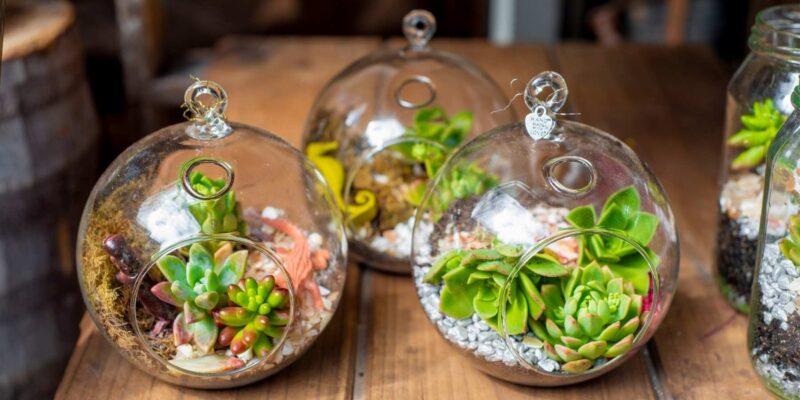
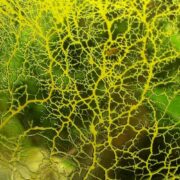
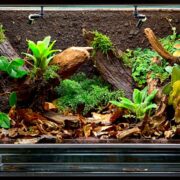
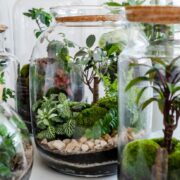
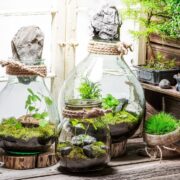
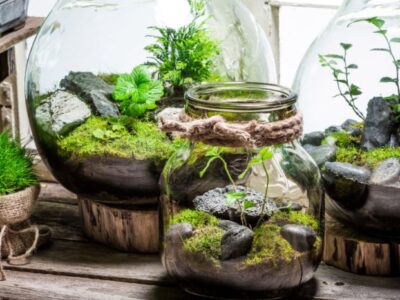
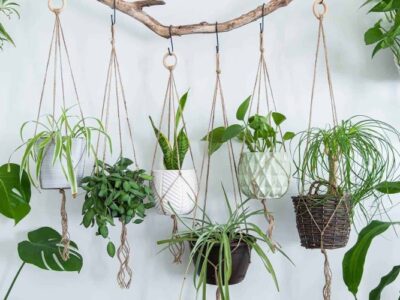
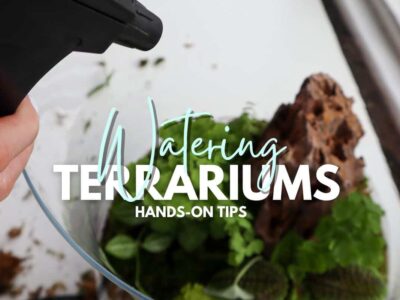
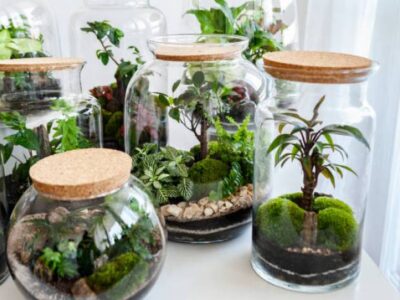
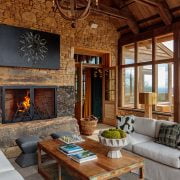

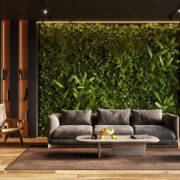
Comments